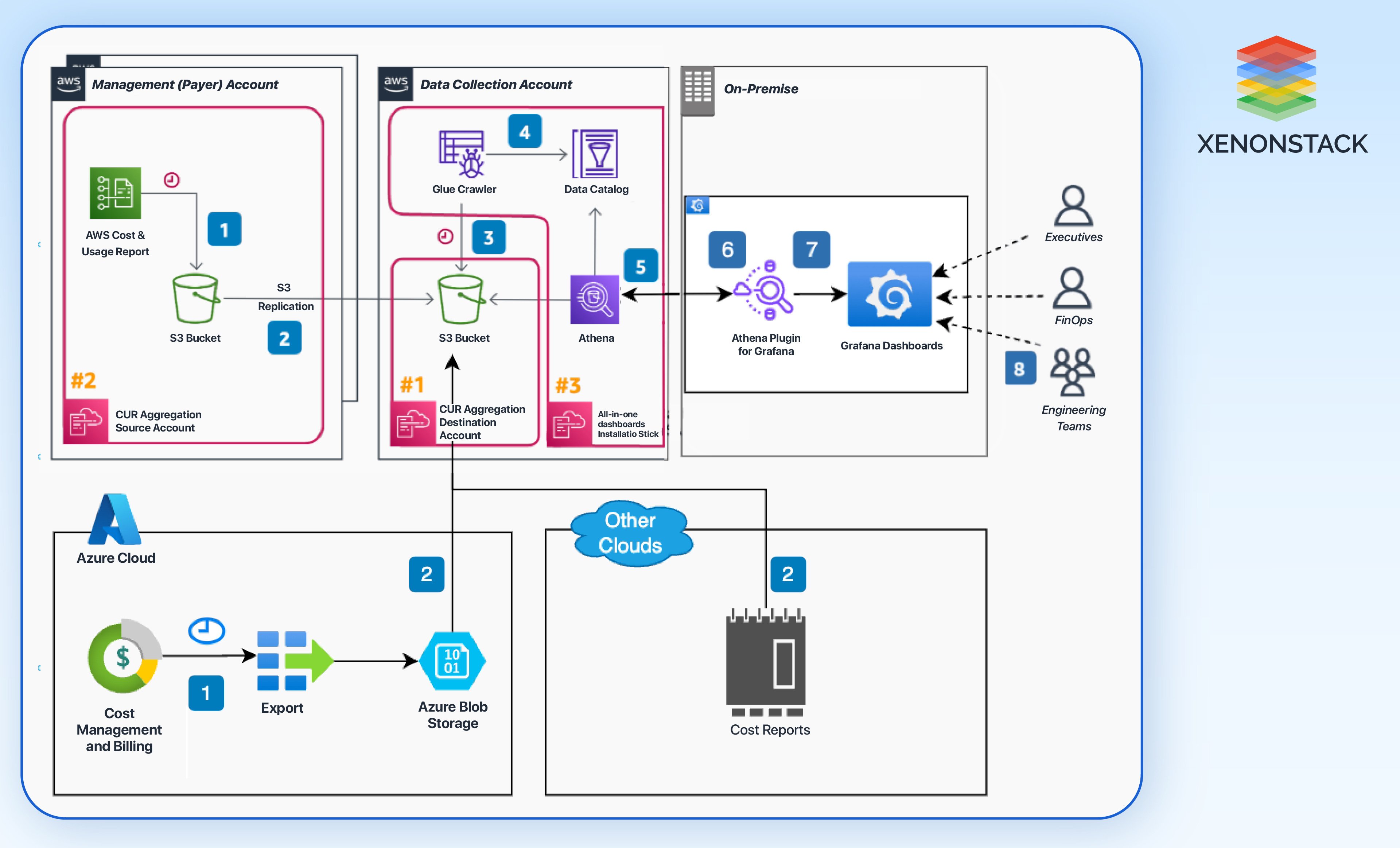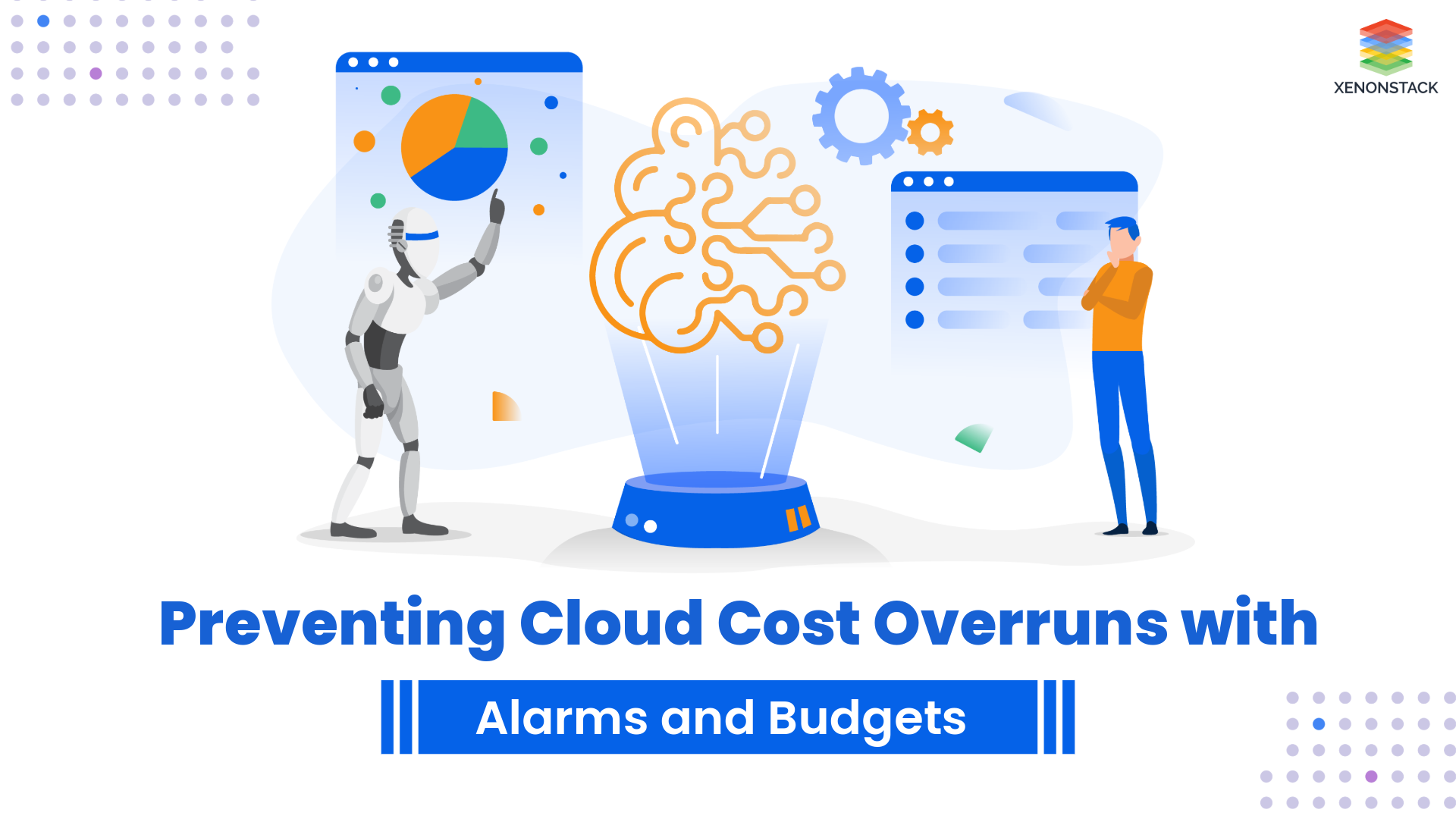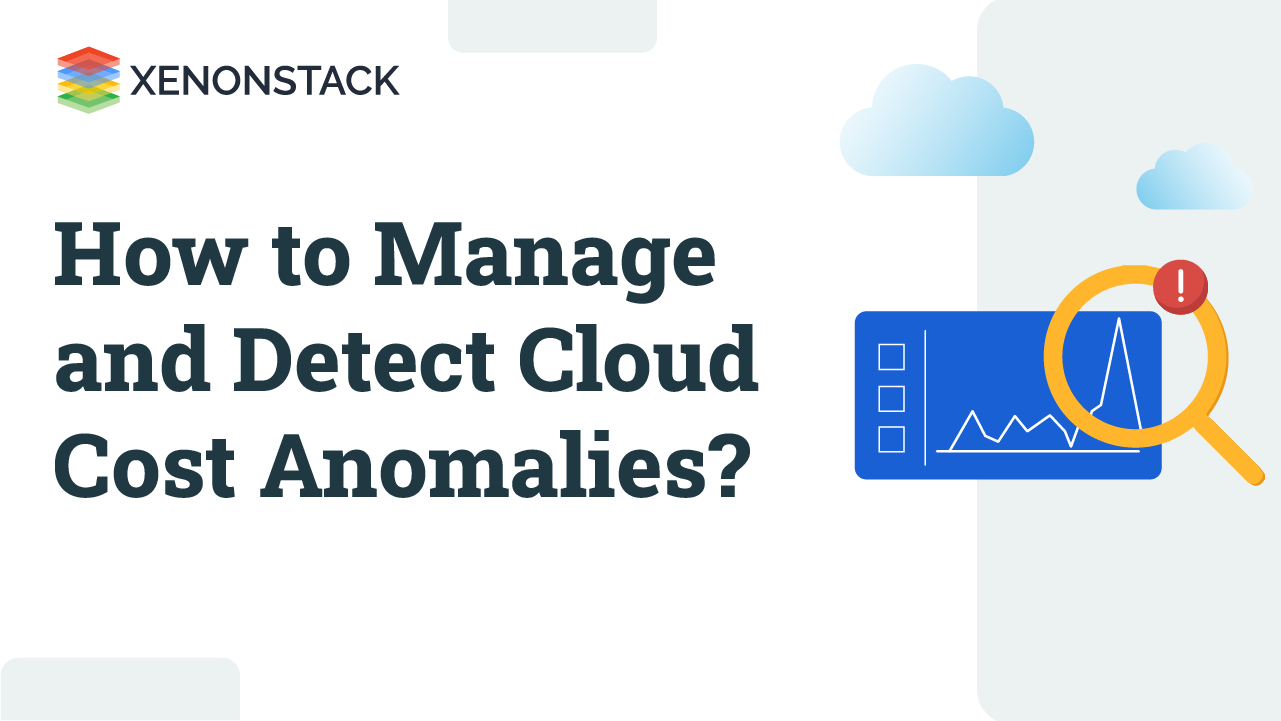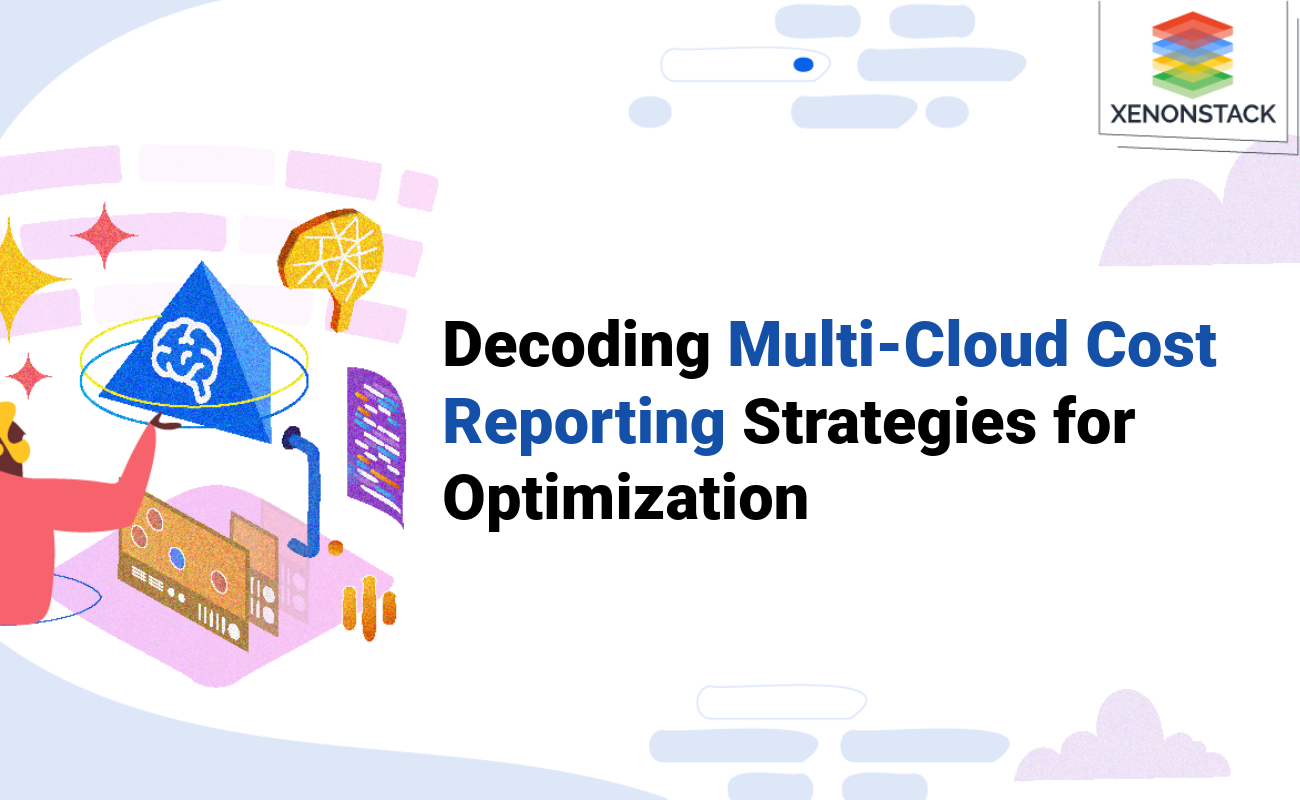
Strategies for Cost Management
Here are some ways in which it is possible to overcome multi-cloud cost reporting difficulties.
-
Central cost management platform would make it easier to have the cost reports streamlined by consolidating data from multiple cloud providers. Such platforms usually provide for budget tracking and forecasting besides resource optimization.
-
An organization can formulate standardized metrics for the measurement and reporting of cost in cloud services. Examples of standardized metrics include cost per workload, cost per user, and total cost of ownership. Standardized metrics allow for better comparability and are clearer in the report.
-
Automated reporting tools save multiple hours and efforts in terms of cost reporting. With automated reporting tools connected to several cloud providers, it will extract the data, make reports, and offer real-time insights into the cloud spending.
-
Proper tagging on the cloud resources will enable the better allocation and reporting of expenses. It will help give contextual information, determine and understand usage of specific resources and their costs.
-
Organizations may have a routine review of cost reports to detect trends, anomalies, and potential opportunities to optimize better cost management. They can learn from such reviews and apply regular adjustments for better cost management.
Tools for Expense Monitoring
There are various tools that organizations report multi-cloud costs through. Such tools have an option about the different types of cost management aspects:
Detailed Consumption and Trend Patterns of AWS Services consumed by any organization will be noticeable using AWS Cost Explorer. It provides reports and visualizations customizable to enable effective management of your costs.
AWS Cloud Intelligence Dashboards
-
Google Cloud offers access to billing reports that describe spending by each of the services. Custom reports can be developed to enable detailed research into various cost dimensions.
-
Microsoft Azure provides built-in tools for cost management and billing, enabling organizations to analyze their spending and, going forward, anticipate potential costs. Budgeting for various types of Microsoft Azure services and providing fiscal allocations are also possible.
-
Cloud Health is a cloud-cost, resources, and security management platform. The platform offers analytics and reporting capabilities and provides recommendations on optimizing cloud spending.
-
It lets the organization know about its monitoring and management of cloud cost. Tells concerning the expenditure pattern, budget tracking, and utility of an organization's resources.
-
This focuses on optimizing available cloud resources to minimize cost. It analyses workloads and recommends the cheapest resources for using them, allowing organizations not to over-provision.
-
May be any inhouse solution, like Grafana Dashboard for Multi cloud, Multi Account cost Analysis.

Best Practices for Tracking
The best practices to consider in maximizing the effectiveness of multi-cloud cost reporting by organizations include:
-
Definition: Governance Policies Governance policies should specify who owns managing the cost in the cloud. A more general process of reporting and accountability would enhance general cost management.
-
Educate Stakeholders: When stakeholders involved in cloud spending are educated, they acquire knowledge and tools that help understand and comply with cost management practices. Educated stakeholders hence tend to make the right choices regarding cloud resources.
-
Cost report to align with the company's financial systems: The combination of cost information with the company budget and financial planning in the report helps the system to provide more accuracy, which is crucial in making better decisions.
-
Utilize Anomaly Detection: Organizations can quickly identify real-time unusual spending behavior in the presence of anomaly detection tools. This saves time by enabling corrective measures that would act to arrest spiking costs.
-
Promote a Cost-Conscious Culture: The cost-conscious culture at the workplace can be promoted, and thus employees will behave responsibly and with appropriate use while utilizing the cloud. Teams, once they understand the monetary implications, are more likely to make the right cost-effective choices.
The Role of AI in Multi-Cloud Cost Reporting
Artificial intelligence is set to transform multi-cloud cost reporting with advanced analytics, predictive modeling, and automation capabilities.
Automation of Reporting Processes: AI-Powered Tools can automate the aggregation and reporting of cost data from multiple cloud providers, significantly reducing the manual effort required for accurate reporting.
Future Trends in Cloud Cost Management
As cloud adoption continues to grow, the future of multi-cloud cost reporting is likely to evolve in several ways:
-
Increased Integration of AI and Machine Learning: The integration of AI and Machine Learning will allow organizations to gain deeper insights into their cloud spending. Advanced analytics will help identify hidden costs, provide optimization recommendations, and automate reporting processes.
-
Greater Emphasis on Sustainability: With a growing focus on sustainability, organizations will increasingly seek to optimize their cloud usage to minimize their carbon footprint. Cost reporting will incorporate environmental metrics, helping organizations align their financial and sustainability goals.
-
Enhanced Collaboration and Governance: As organizations embrace multi-cloud strategies, the need for effective governance will become paramount. Multi-cloud cost reporting will play a crucial role in establishing clear guidelines and best practices for cloud usage across teams.
-
Evolving Financial Models: The financial models for cloud usage are likely to continue evolving, with a shift toward consumption-based pricing and more granular billing options. Organizations will need to adapt their cost reporting processes to keep pace with these changes.
Final Thoughts on Reporting
Multi-cloud cost reporting is essential for organizations leveraging multiple cloud providers. By implementing effective cost reporting solutions, adopting FinOps practices, and harnessing the power of AI, organizations can gain visibility into their cloud spending, optimize costs, and foster a culture of accountability. As cloud technologies continue to advance, the future of Multi-Cloud Cost reporting will evolve, offering new opportunities for organizations to enhance their financial management in the cloud.






